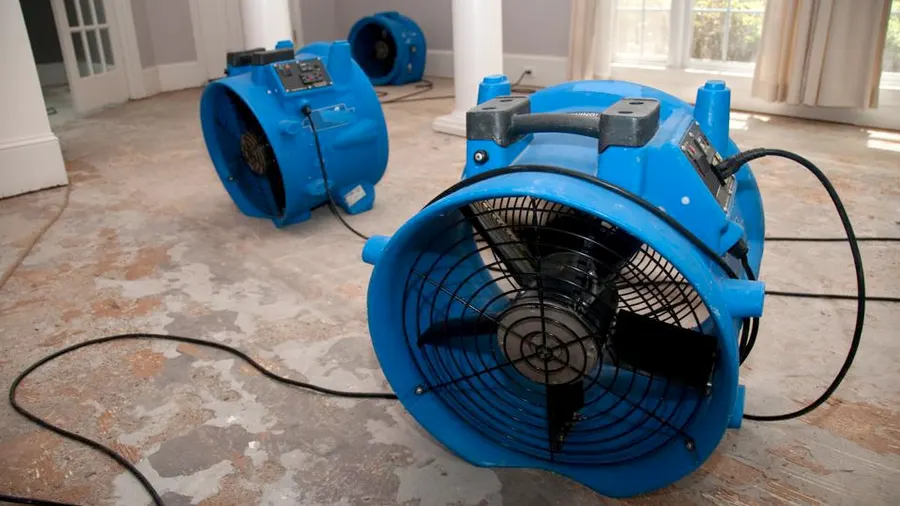Water damage, which can cause severe property damage and personal belongings, is a homeowner’s worst nightmare. The effects of water damage are mitigated by taking immediate action. Understanding comprehensive solutions for water restoration is critical to protect your property and ensure a rapid recovery. From significant floods to little leaks, this post will go over the methods and procedures required for successful water damage recovery.
Take Action Now
To minimize water damage and avoid complications, it is crucial to take immediate action. Take these immediate steps:
- Make Sure You Are Safe: Shut down the electricity and natural gas supplies to prevent any electrical hazards. Evacuate if necessary.
- Eliminate Standing Water: Use buckets and wet/dry vacuums. The less damage that occurs, the faster you remove the water.
- Recover Belongings: Move furniture, electronics and personal items into a place that is dry. Furniture can be raised off the wet floor using wood blocks or aluminum foil.
- Photograph And Video Damage: Take photos of the damage to use for insurance. These documents will be crucial for filing an insurance claim.
Comprehensive Water Damage Restoration Solutions
The process of water restoration company involves several steps, from an initial assessment to a full restoration. This is a complete look at all the options available.
- Inspection
In order to restore water damage, you must first conduct a thorough inspection. Professionals utilize advanced tools, such as moisture meters or infrared scanners, to measure the extent of the water damage and detect hidden moisture pockets. This inspection assists in the creation of an elaborate restoration plan.
- Water Extraction
After removing the standing water from the affected areas, it is time to move on. Wet/dry industrial vacuums with high-powered motors and pumps are used to quickly remove the water. This step will prevent further damage and minimize the risk of mold growth.
- Drying & Dehumidification
After water extraction, the drying process. Drying the affected area requires industrial air movers, dehumidifiers, and other equipment. This step could take several hours, depending upon the severity of the damage. This ensures the area has been thoroughly dried, preventing mold and structural issues.
- Cleaning
Water damage is a way to introduce contaminants into your home. To eliminate bacteria, viruses, or mold spores, you need to use professional cleaning and sanitation. In this step, you will clean and disinfect walls, flooring, and any personal items. Purifying the air with air scrubbers or other equipment is a good way to eliminate odors.
- Remediation Of Mold
Mold can begin to grow 24 hours or less after a water loss. Mold remediation consists of removing the mold colonies from affected areas, cleaning them, and applying antimicrobial treatments. Mold remediation ensures the health and security of all occupants.
- Restoration
The final step involves returning your home to the condition it was in before the damage. This could involve minor repair work, such as replacing drywall with new carpeting, or major reconstruction work, such as rebuilding entire bedrooms. Professional restoration companies will coordinate with contractors so that the repairs are completed efficiently.
Preventive measures
As important as restoring water damage, it’s equally important to prevent any. Here are some measures that you can take to prevent water damage:
- Regular Inspection: Inspect and maintain plumbing, appliances, roofs, and other systems regularly to prevent leaks.
- Install Water Alarms: Water alarms will alert you before damage is caused to your home.
- Improved drainage: Make sure that you have proper drainage around your house by cleaning out gutters, adding downspouts to the home, and grading it away from its foundation.
- Seal & Insulate: Seal cracks and insulate pipes in order to prevent pipe bursts.
Conclusion
Water damage requires a comprehensive restoration approach. From the initial response to a thorough cleaning and repair, it is important that you take a complete approach. Understanding the steps and working with professionals can help navigate the challenges that come along with water damage. Preventative measures will also help you reduce the chance of future water damage, protecting both your home and peace of mind. Preparation and information are the best ways to avoid water damage.
